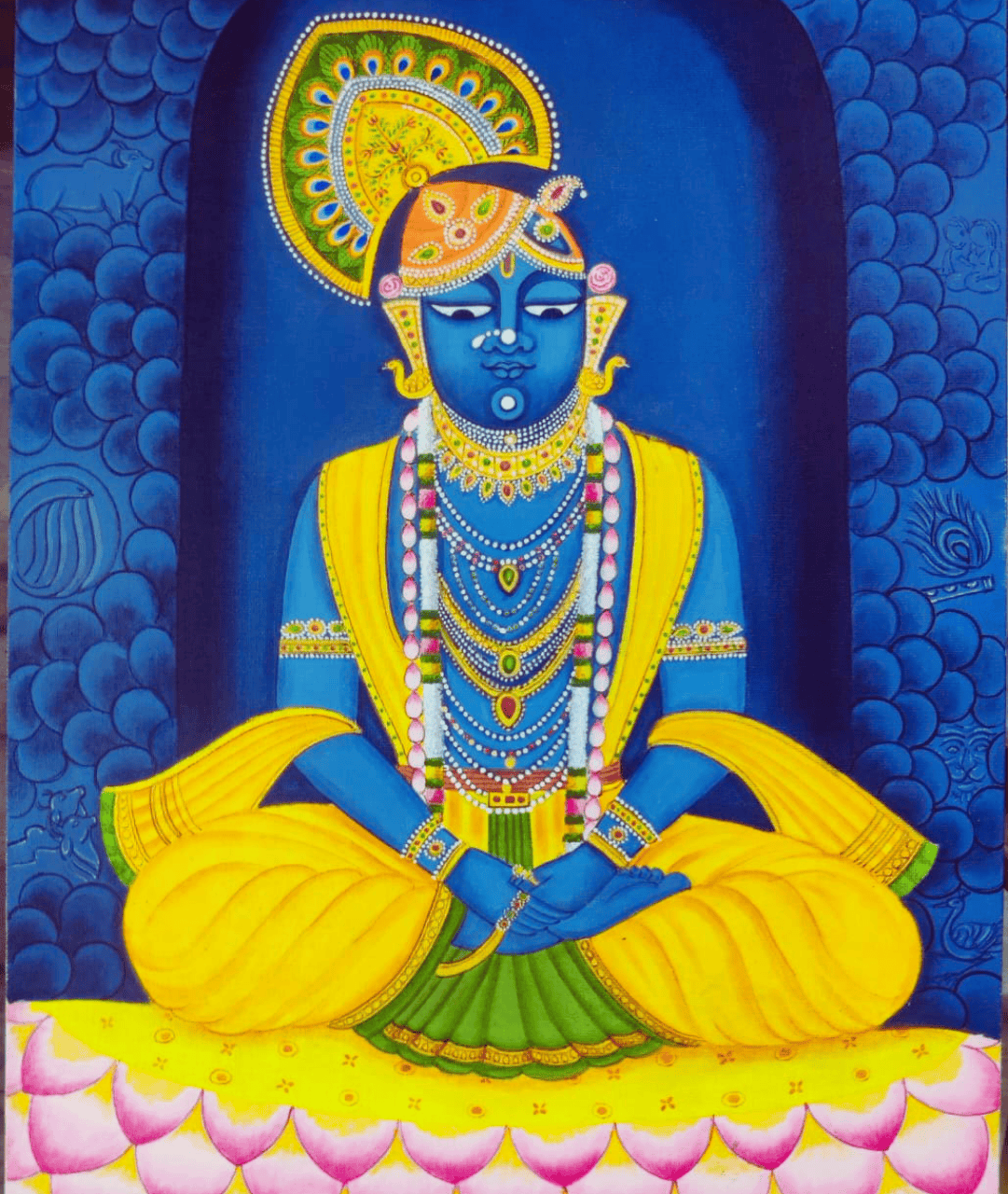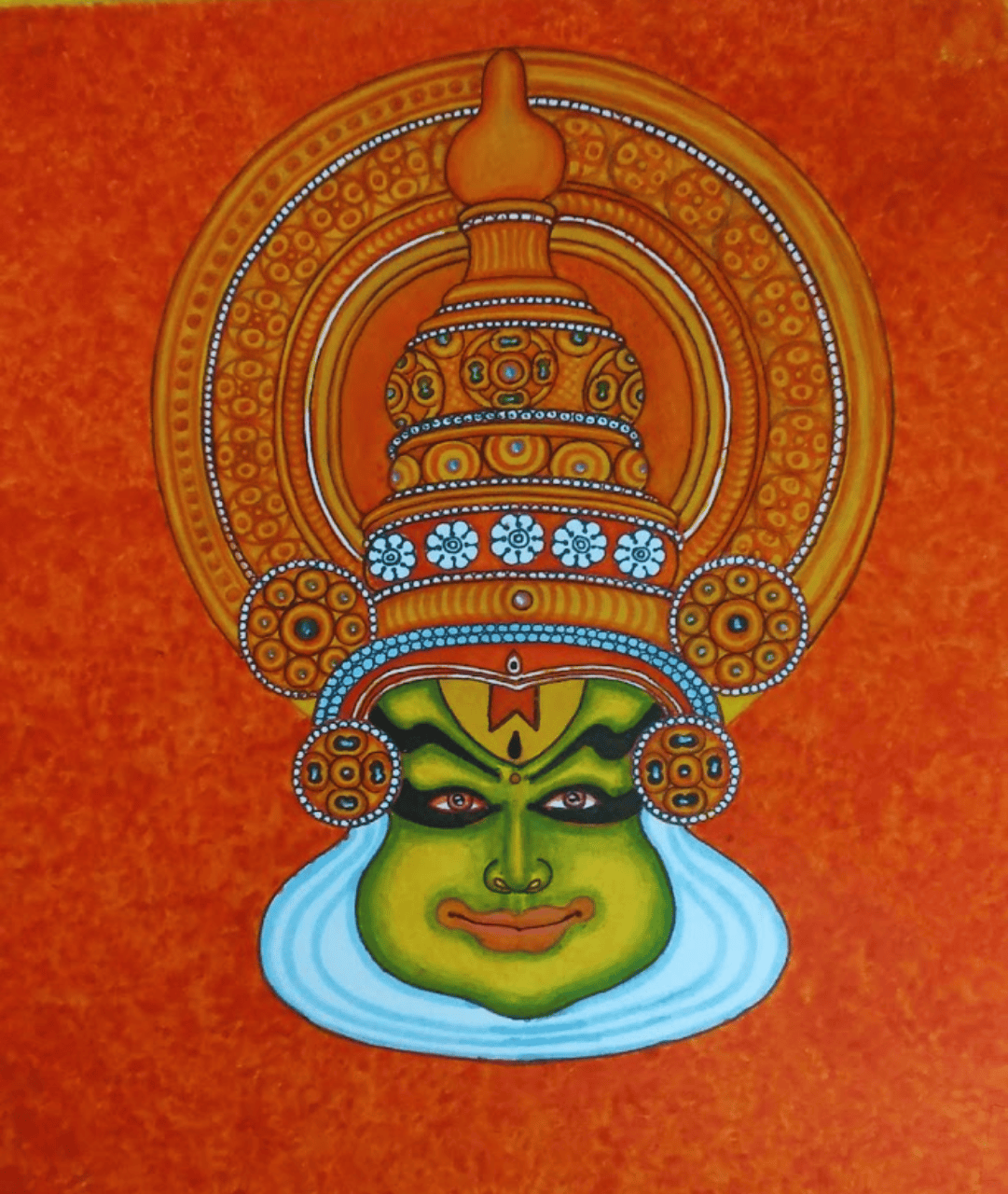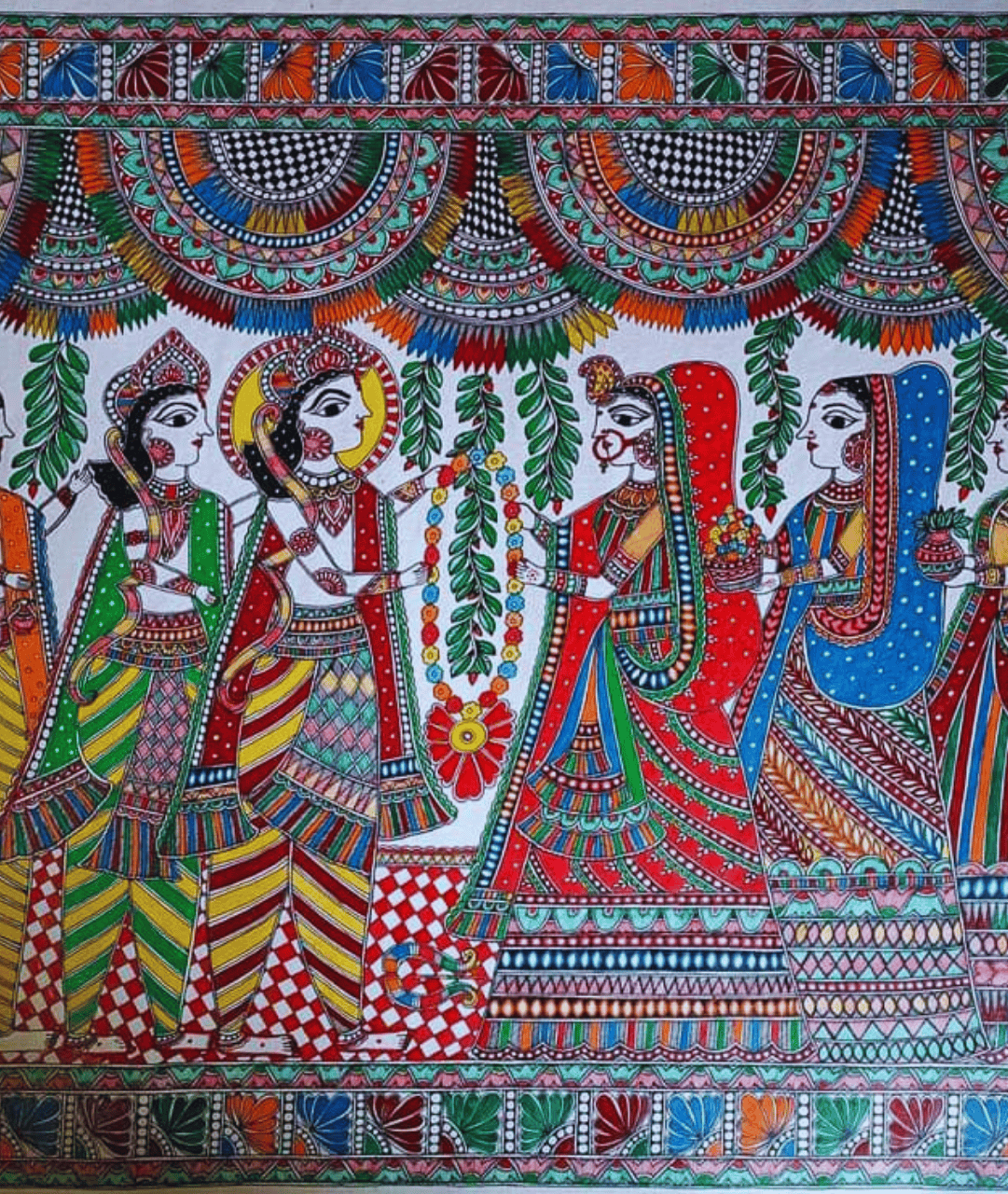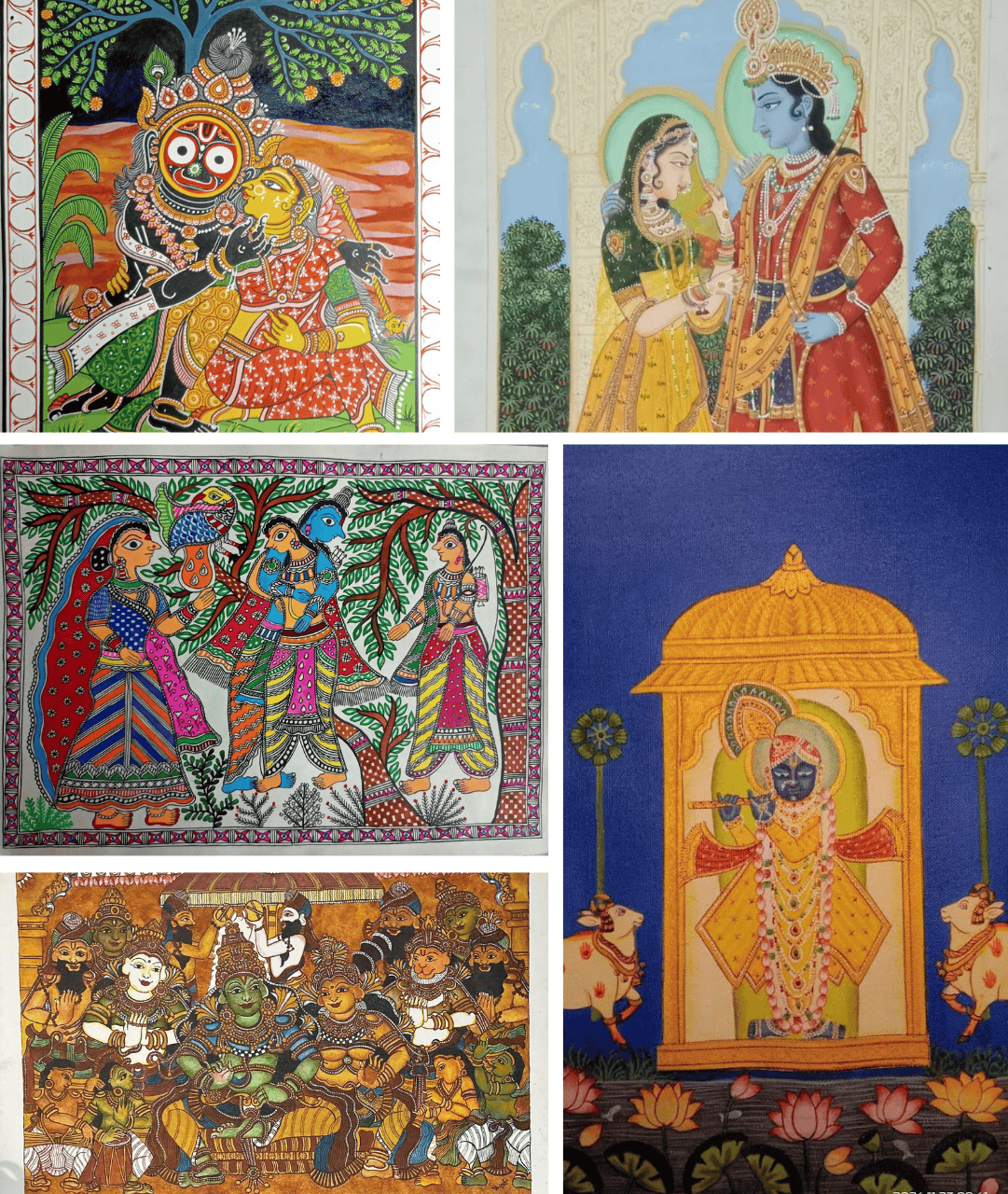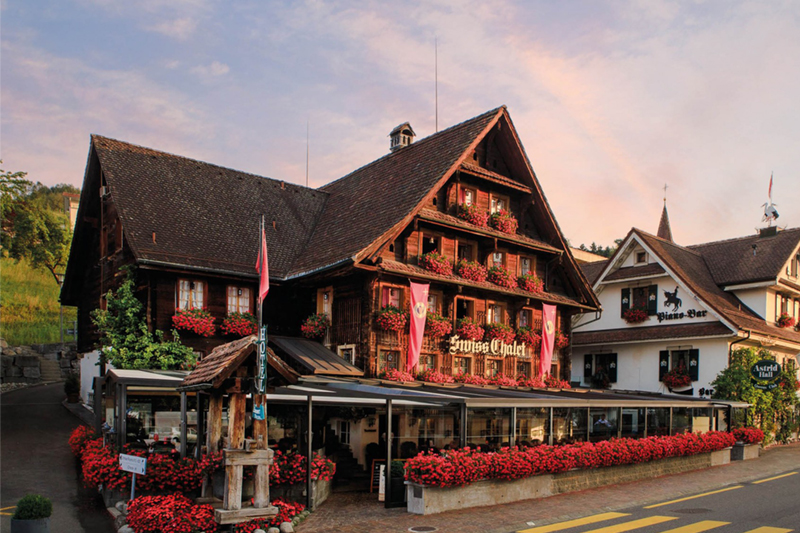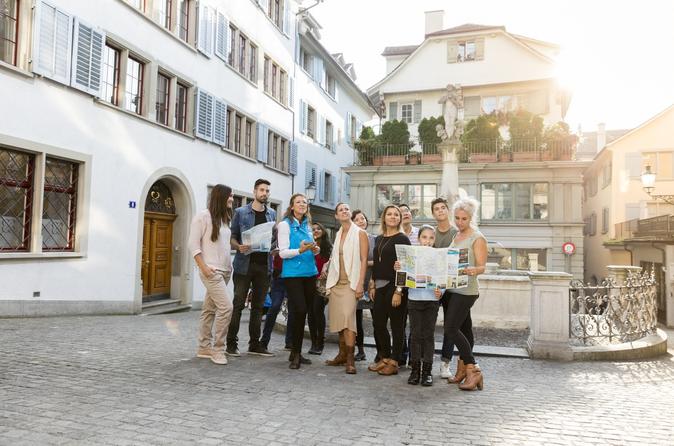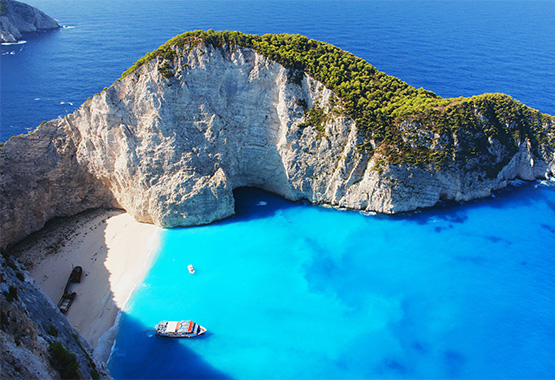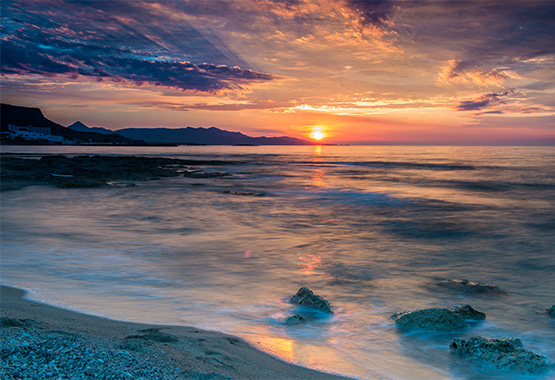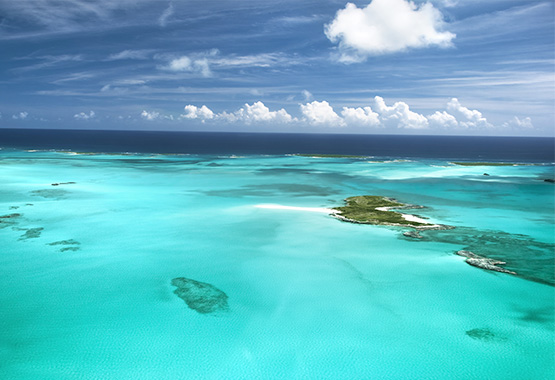Believed to have originated in the 12th century, Pattachitra is one of Odisha's oldest art forms. The painting 'pattachitra' resembles the old murals of Odisha especially religious centres of Puri, Konark and Bhubaneshwar region, dating back to the 5th century BC.The best work is found in and around Puri, especially in the village of Raghurajpur. The word "Pattachitra'' itself comes from Sanskrit, with "patta" meaning cloth and "chitra" meaning picture. But Pattachitra is more than just painting; it's a storytelling medium. Artists use vibrant colours, intricate patterns, and stylized figures to depict scenes from Hindu epics like the Ramayana and Mahabharata, as well as local folktales and everyday life. True to its name, these paintings adorn various surfaces, primarily palm leaves, treated cotton cloth, and even wood. More than just religious narratives, Pattachitra also showcases snippets of daily life, nature's bounty, and even social themes, offering a glimpse into Odia culture and heritage.

With evolution and innovation, now the chitrakars have started painting exquisite Pattachitras on coconuts, betel nuts, clay pots & bottles. Villagers or the craftsmen of this place supply decorative items to temples and mathas (temples constructed mostly by famous devotees located around Sri Jagannath temple.) of Puri.
Pattachitra paintings have a distinct style characterised by bold lines, flat colours, and minimal shading. The figures are often elongated and have big, expressive eyes and are full of tiny details, from the intricate patterns on the borders to the expressions on the faces. These paintings often feature elaborate borders and frames, decorated with floral motifs, geometric patterns, or scenes related to the central theme. These borders add visual interest and frame the central narrative, enhancing the overall composition of the painting.

Unlike many art forms, Pattachitra uses 100% natural colours. Traditionally, Pattachitra artists used natural pigments made from minerals, plants, and vegetables. This gives the paintings a warm, earthy feel. The artists, called Chitrakars, painstakingly craft these colours using age-old methods.
The five primary colours used are:
- White: Made from powdered and processed seashells.
- Black: Soot collected from burning coconut shells or lamp oil.
- Red: Obtained from hingula, a local Odia stone.
- Yellow: Harital, another local stone, is the source of this colour.
- Blue: Khandaneela, a specific type of stone, yields this vibrant blue.
A vast array of additional colours is created by mixing the primaries in specific ratios. Over 120 shades can be achieved! Stones and minerals are ground into fine powders using a mortar and pestle. Vegetable dyes are extracted by boiling or soaking. Coconut shells serve as palettes for mixing colours, while seashells store the prepared pigments. This unique connection to nature and tradition makes Pattachitra paintings not just visually stunning, but also deeply meaningful

Pattachitra and its Variants
The paintings of Odisha can be divided into three categories from the point of view of medium, i.e. paintings on cloth or 'Patta Chitra', paintings on walls or 'Bhitti Chitra' and palm leaf engravings or "Tala Patra Chitra' or "Pothi, Chitra" .
1. Paintings on cloth or ‘Patta Chitra”-
Pattachitra is thus a painting done on canvas, and is manifested by rich colourful application, creative motifs, and designs, and portrayal of simple themes, mostly mythological in depiction. Making the patta is the first step in the traditional Oriya painting process. The chitrakars, or painters, begin by preparing a tamarind paste. They soak tamarind seeds in water for three days, then pound them with a crusher and mix them with water. The mixture is heated in an earthen pot until it thickens into a paste called niryas kalpa. This paste is used to adhere two pieces of cloth together, which are then coated with a powder made from pipal patta or khari mitti. This process is repeated several times until the cloth becomes firm and leathery. Finally, the patta is polished with a rough stone, followed by a smooth stone or wood, until it reaches a canvas-like smoothness.
2. Paintings on walls or ‘Bhitti Chitra’- Bhitti Chitra is a style of pattachitra art that involves painting on walls. The term "Bhitti Chitra'' refers to wall paintings that depict religious themes. This typical pattachitra style wall murals of Orissa adorning walls of houses and temples in the craft village of Raghurajpur. These painstakingly prepared walls are a permanent capture of the history, style and aesthetic language spoken by this art-form for years. They also serve as a constant testimony of every artist's skill and expertise by being a visual interface to the outside world.
3. Palm leaf engravings or “Tala Patra Chitra” or “Pothi, Chitra”.
Palm leaf pattachitra, also known as Tala Pattachitra in Oriya, is a unique art form drawn on palm leaves. After being carefully selected from the tree, the leaves are left to harden. These are then sewn together to form a "canvas" of sorts. Images are created by tracing with black or white ink, filling grooves etched on rows of palm leaf panels. These panels, all of equal size, are sewn together and can be easily folded like a fan for compact storage.

About Artisan Village Raghurajpur
Raghurajpur has been the custodian of this artform since the 12th century when Shri Jagannath Temple was built by the Ganga dynasty king Anantavarman Chodaganga. Located around 12 kms away from Puri, Raghurajpur is the home of around 500 chitrakars(artists who are expert in Pattachitra painting). Each household has at least one chitrakar who is highly skilled and immensely creative. Numerous Raghurajpur artisans have been conferred the National Award for Master Craftspersons by the Government of India. Raghurajpur has not only been given the Best Tourism Village of India 2023 by the Ministry of Tourism, Government of India, in September 2023,but Raghurajpur's Pattachitra art has also been inscribed on the UNESCO World Heritage Tentative List.
Pattachitra is more than just an art form; it's a living testament to the enduring power of tradition. It's a bridge between generations, carrying ancient wisdom forward while embracing the present's vibrancy. It's a conversation starter, inviting us to delve into the depths of Odisha's rich heritage and contemplate the human connection to the divine. Owning a Pattachitra is like capturing a piece of eternity. It's a window to a culture where colours sing, brushstrokes speak, and every detail whispers a timeless tale. It's a legacy to be cherished, passed down through generations, and a reminder that even in a fast-paced world, beauty and meaning can be found in the simplest of forms.









